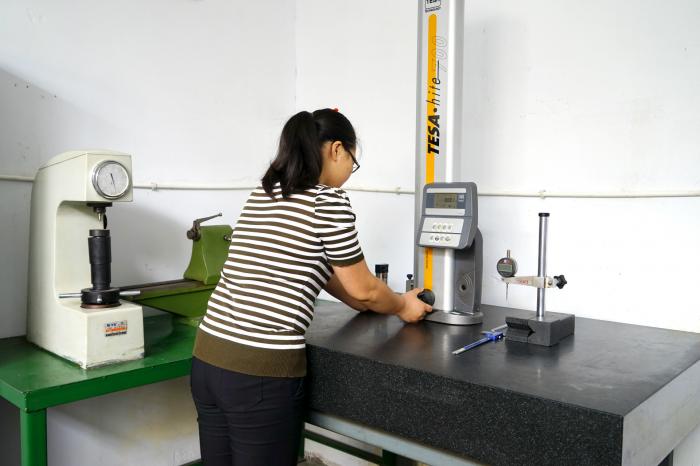What are the influencing factors of surface roughness of CNC machining?

CNC machining surface geometry includes surface roughness, waviness, and textured texture. The surface roughness is the basic unit that constitutes the geometrical features of the machined surface. Then, when the surface of the workpiece is machined with a metal cutting tool, what are the factors affecting the roughness of the surface?
When machining a workpiece surface with a metal cutting tool, the surface roughness is mainly affected by three factors: geometric factors, physical factors and numerical control processing factors.
(1) Geometric factors
The shape and geometric angle of the tool, especially the radius of the tool nose, the main declination, the secondary declination and the feed amount in the cutting amount have a great influence on the surface roughness.
(2) physical factors
From the physical essence of the cutting process, the edge of the cutting edge of the tool and the subsequent extrusion and friction cause plastic deformation of the metal material, which seriously deteriorates the surface roughness. When a plastic lathe is processed into a plastic lathe to form a strip-shaped chip, a chip with a high hardness is easily formed on the rake face. It can be used instead of the rake face and the cutting edge to change the geometric angle of the tool and the amount of the back knife. The outline of the built-up edge is very irregular, so that the surface of the workpiece appears on the surface of the workpiece with varying depths and widths. Some built-up edges are embedded in the surface of the workpiece, which increases the surface roughness. The vibration during cutting increases the surface roughness parameter value of the workpiece.
(3) Process factors
From the point of view of the process, the influence on the surface roughness of the hardware parts is mainly concerned with the factors related to the cutting tool, the factors related to the material of the workpiece and the factors related to the numerical control processing conditions.
